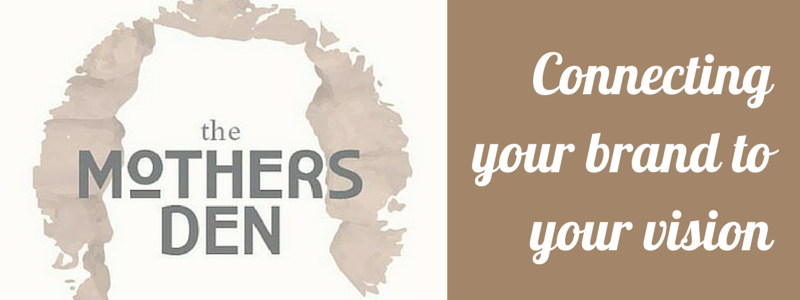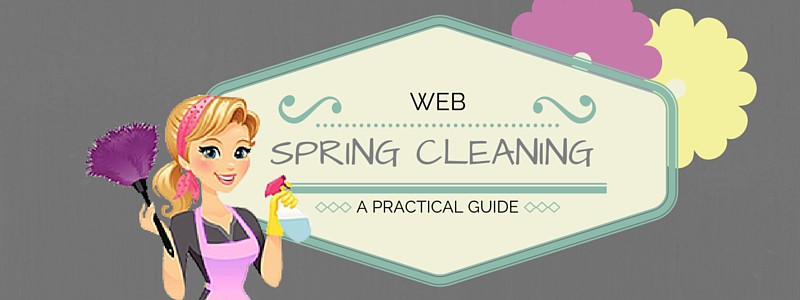Last week I reviewed the logo design files for a client at home when I asked my father-in-law for his opinion on a few colour options our designers were considering. Admittedly the colour schemes were all very similar, but his response really threw me:
“Surely it does not matter that much – just pick one!”
It made me think about how different age groups perceive brands today compared to us working in marketing, and whether or not we are in fact over-thinking the power of it completely.
Before I look at a few of my own recent brand experiences let’s have a look at what we as marketers are taught about branding. Branding is defined as so much more than a name or a logo – it is the sum total of a consumer’s experiences with a recognisable product – and it is powerful. We often see a big brand triumph in a price war, thrive in a recession, or simply grow operating margins and create shareholder value, purely on the power of the brand. It adds value to a service or product and creates certain customer expectations and emotions based on it.
So let’s look at weather this holds true for young kids. I have a 2 year old boy and a 4 year old daughter who are both already noticeably influenced by brands. My daughter knows the Coles truck when it drives past on the way to school; the Coca-Cola beer stubby she (infrequently of course!) sees brought out at BBQs and the golden Arches of Maccas on the stop overs when we go on driving holidays. My boy asks for ‘chockies’ when he sees the empty Quality Street tin from last Christmas which now houses our keys, and there is no getting a Smartie box past him without him voicing with his basic communication skills that he knows the content that it implies.
Teens are even more brand conscious, except that in my experience the awareness switches from a ‘feed me’ to a ‘dress me’ sense. Levi’s, G-Star RAW, Converse to name but a few. In the adolescent world it often (rightly or wrongly) identifies who’s hot and who’s not, and a branded item very easily becomes a prized possession which can give you god-like status in your social circles. I will never forget the day I rocked up at school in my green Levis (back in the Eighties) shortly after their release in the small town I grew up in – I was the object of envy and I totally loved every moment of it!
For me branding has become less important as I grew older, and I guess that by my father-in-law’s reaction last week the same can be said for him.
However, this does not apply to all mature patrons in the retail nation and you will find brand converts who are still very much influenced or governed by it everywhere.
Admittedly even I still have a few brands I simply cannot substitute for alternatives, and whether this is down to the power of the brand or the power of the habit is debatable. Whichever applies, it does play a part in my decision making process and product/service experience, so – in my view – is still a force to be reckoned with today.
So what does all this mean in the health, wellness and fitness sectors?
A strong brand can definitely help you get noticed and help patients make the choice to select you instead of competitors.
You should consider your brand as the sum of all the characteristics that make your offering unique.
It incorporates your product line, attitude, price, promise, customer service and your reputation within the industry. So for your practice to build its brand, it must strategically set a level of expectations through consistency of customer service, your customer acquisition process, your messaging (including your voice and tone) and of course your marketing and communication efforts. In addition to this you have to constantly manage your brand and ensure that patient experiences stay consistent with it. Also vital is that your staff understand your brand and their roll in delivering it, because they are the ones that will be presenting it to your patients.
Generally speaking patients trust, understand and feel more certainty about larger brands,
even where they have the services you offer in closer location proximity, so establishing and managing a brand correctly could hold significant advantages for you.
Branding is a way of clearly highlighting what makes your offer different to, and more desirable than, anyone else’s, and if that process starts with the selection of colours for your logo, it definitely is not a matter of just ‘picking’ one!
If you are a start-up business or need help defining a brand strategy or brand style guide please contact us for assistance. We can help create or re-do your branding to make you memorable and stand out from the rest of the crowd.
References
The Power Of Branding. 2015. The Power Of Branding. [ONLINE] Available at: https://www.investopedia.com/articles/financial-theory/11/branding-ultimate-economic-moat.asp. [Accessed 04 February 2015]
What is the real power of a brand in recruiting staff? | Michael Page. 2015. What is the real power of a brand in recruiting staff? | Michael Page. [ONLINE] Available at: https://www.michaelpage.ae/employer-centre/attraction-and-recruitment-advice/what-is-the-real-power-of-a-brand-in-recruiting-staff. [Accessed 04 February 2015]
Branding Examples: The Power of Branding. 2015. Branding Examples: The Power of Branding. [ONLINE] Available at: https://www.how-to-branding.com/Branding-Examples.html. [Accessed 04 February 2015]
The power of branding | Design Council. 2015. The power of branding | Design Council. [ONLINE] Available at: https://www.designcouncil.org.uk/news-opinion/power-branding. [Accessed 04 February 2015]
The Power of Brand | Convince and Convert: Social Media Strategy and Content Marketing Strategy. 2015. The Power of Brand | Convince and Convert: Social Media Strategy and Content Marketing Strategy. [ONLINE] Available at: https://www.convinceandconvert.com/digital-marketing/the-power-of-brand-jeff-rohrs/. [Accessed 04 February 2015]
![Project […]](https://projectsquarebrackets.com.au/cms/wp-content/uploads/2015/09/PSB_Logo_For_Site_Use_Header-644x139-300x64.png)



